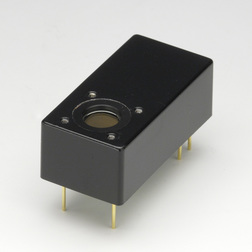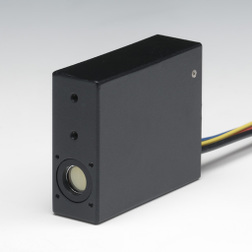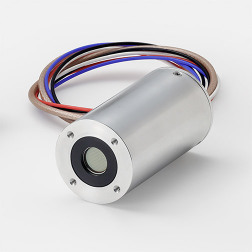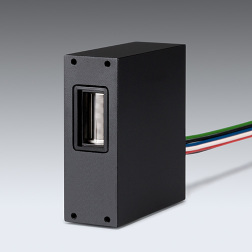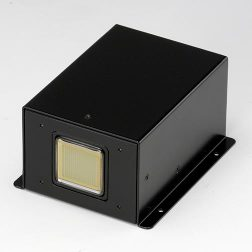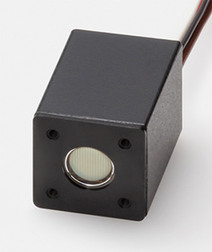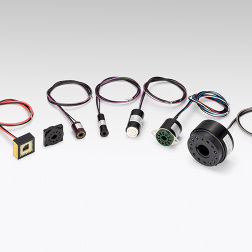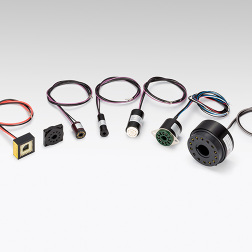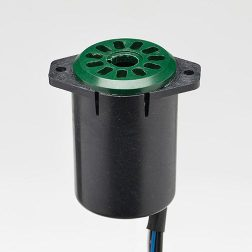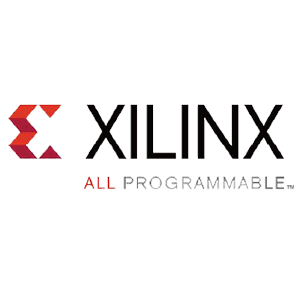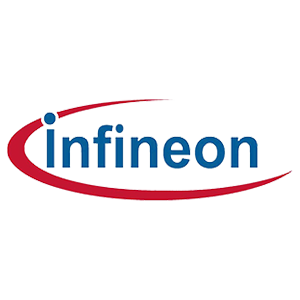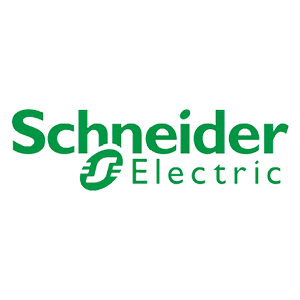With the rapid development of autonomous driving, robotics, and drones, LiDAR (Light Detection and Ranging) has become one of the key sensors in these technologies. LiDAR measures distances using laser beams and generates high-precision 3D images, making it crucial for accurate navigation and environmental perception. However, the performance of LiDAR is not only dependent on the emission of laser beams but also influenced by multiple core components, including drivers, switches, and semiconductor laser diodes.
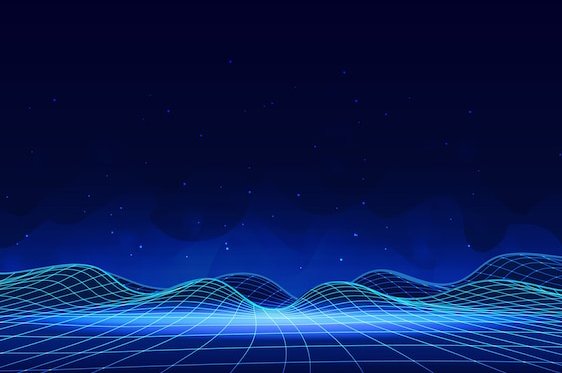
1. Driver: The “Heart” of the Laser Pulse
Function: The driver is the “power source” for the semiconductor laser diode, responsible for converting electrical energy into precisely controlled current pulses that excite the laser diode to emit light pulses.
Impact on LiDAR Performance:
- Laser Power Stability: The current precision of the driver determines the stability of the laser output power. Power fluctuations can lead to distance measurement errors, especially in long-range or low-reflection scenarios.
- Pulse Width Control: Short pulses (nanosecond level) enable high temporal resolution, enhancing LiDAR’s distance measurement accuracy.
- Energy Efficiency Optimization: Efficient drivers reduce energy loss, lower system heat generation, and extend device lifespan.
Technical Challenges:
- The driver needs to maintain fast response and low noise at high frequencies (MHz level).
- The dynamic impedance of the laser diode must be matched to avoid voltage overshoot, which could damage the components.
2. Switch: The “Commander” of High-Speed Scanning
Function: The switch controls the emission timing and direction of the laser pulses, which is especially important in solid-state LiDAR systems. For example, when beam steering is achieved via Optical Phased Arrays (OPA) or MEMS mirrors, the switch’s switching speed determines the scanning frequency and resolution.
Impact on LiDAR Performance:
- Scanning Frequency and Frame Rate: Faster switching speeds allow LiDAR to collect more data points per second, increasing the density of the generated point cloud.
- Multi-Target Resolution: Rapid switching reduces crosstalk between adjacent pulses, avoiding misinterpretation of nearby objects.
- System Power Consumption: Low-loss switch designs can reduce overall energy consumption, making them more suitable for mobile devices.
Technical Challenges:
- Electronic switches must support high-frequency switching (GHz level) while maintaining low on-resistance and high isolation.
- Optical switches (e.g., MEMS) need to balance mechanical stability and lifespan.
3. Semiconductor Laser Diode: The “Source of Light” for LiDAR
Function: As the light source for LiDAR, the semiconductor laser diode emits laser pulses at specific wavelengths (e.g., 905nm or 1550nm), with its performance directly affecting the system’s detection capability.
Impact on LiDAR Performance:
- Detection Range and Safety:
- Wavelength Selection: 1550nm lasers are safer for the human eye and have better atmospheric penetration, making them ideal for long-range detection (e.g., autonomous driving).
- Peak Power: High-power lasers can extend detection range, but careful consideration of heat dissipation and component lifespan is needed.
- Beam Quality: The smaller the divergence angle of the laser, the more concentrated the beam, resulting in higher spatial resolution.
- Temperature Stability: The wavelength and power of the laser are sensitive to temperature variations, requiring thermal control systems to maintain consistency.
Technical Challenges:
- Increasing power density while avoiding thermal failure.
- Optimizing beam shaping technologies (e.g., VCSEL arrays) to achieve uniform beam profiles.
4. Collaborative Work: The “Golden Triangle” of System Performance
The performance of the driver, switch, and laser diode is not isolated but works in close coordination to determine the overall LiDAR system’s performance:
- Timing Synchronization: The driver must be precisely synchronized with the switch to ensure the laser pulse is emitted in the correct direction and at the right time.
- Impedance Matching: The driver’s output impedance must match the dynamic characteristics of the laser diode to avoid energy loss due to reflected waves.
- Thermal Management: High-power laser diodes and high-speed switches generate heat, requiring effective heat dissipation designs to maintain system stability.
Case Study: Optimizing LiDAR for Autonomous Driving
- High Frame Rate Requirements: Using GaN-based high-frequency drivers combined with MEMS mirror switches to achieve millions of point cloud data collections per second.
- Safety Priority: Opting for 1550nm laser diodes paired with low-noise drivers and optical isolation technologies to prevent eye damage.
5. Future Trends: Higher Integration and Intelligence
- Chip Integration: Integrating the driver, switch, and laser diode into a single chip (e.g., silicon photonics) to reduce costs and improve reliability.
- Adaptive Control: Using AI algorithms to dynamically adjust the driving current and switching timing to adapt to complex environments (e.g., rain or fog).
- New Material Breakthroughs: Quantum dot laser diodes and 2D material switches can further enhance power efficiency and response speeds.
Conclusion
The driver, switch, and semiconductor laser diode are the three pillars of a high-performance LiDAR system, and their technical details directly affect the competitiveness of the final product. With the explosive growth of fields such as autonomous driving and robotics, continuous optimization and innovation of these components will drive LiDAR technology toward greater distances, faster speeds, and higher precision.



